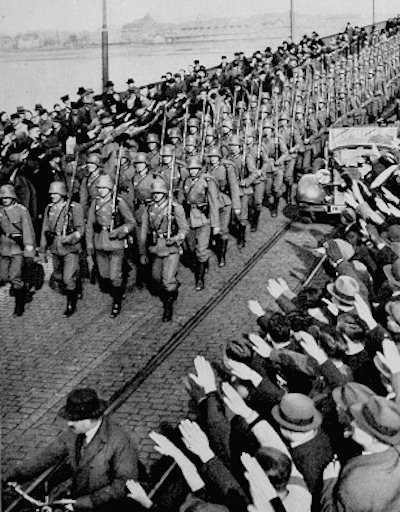
INTRODUCTION

The German Reich and her territories, January 1936
Today, nearly 3 years later, our glorious Fuhrer has brought about a new beginning to the German Reich. Unemployment has dropped to an all time low, the newly formed Heer and Luftwaffe have stunned the world, and our people enjoy an unprecedented era of peace of prosperity. However, nothing lasts forever, and to survive our Reich must defend itself from those who wish to see us on our knees, it is time to look westward...
_________
Country : German Reich
Difficulty : Hard
Version : Waking the Tiger, Man the Guns
Mods : Coloured Buttons, German Tanks & Equipment (Aesthetic), Strategic View Adjustments (Multiplayer)
Country : German Reich
Difficulty : Hard
Version : Waking the Tiger, Man the Guns
Mods : Coloured Buttons, German Tanks & Equipment (Aesthetic), Strategic View Adjustments (Multiplayer)
Last edited:















